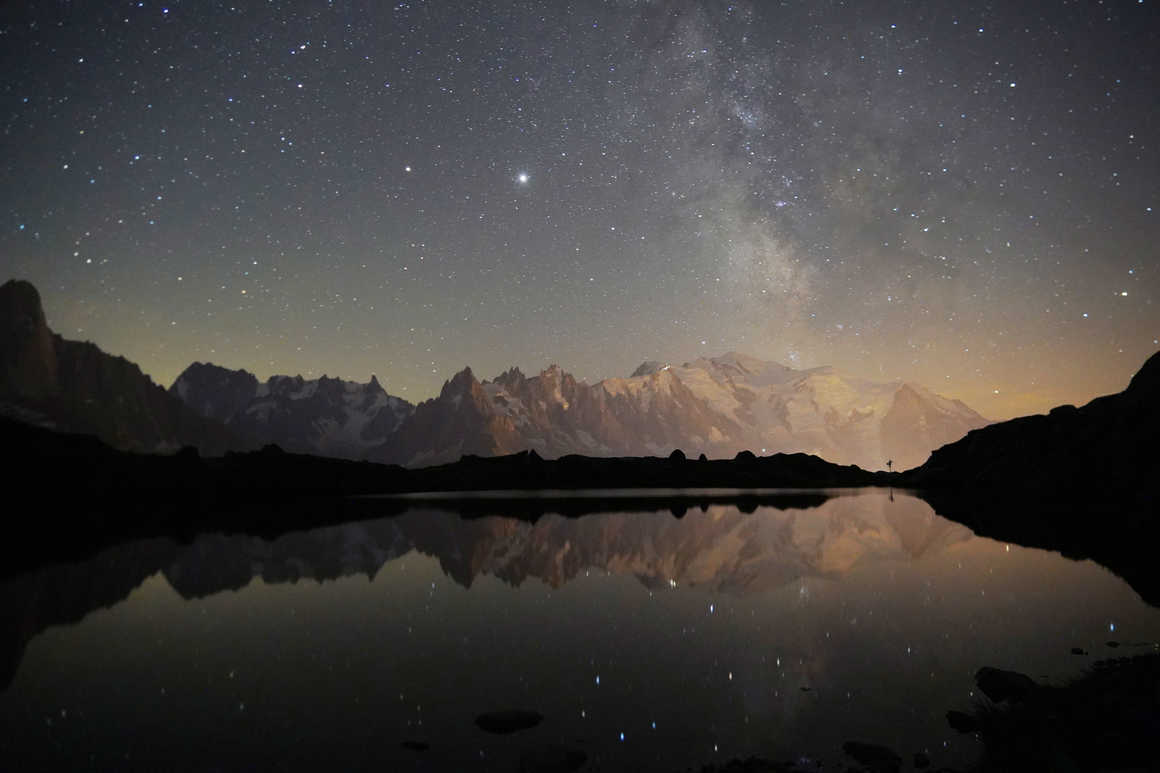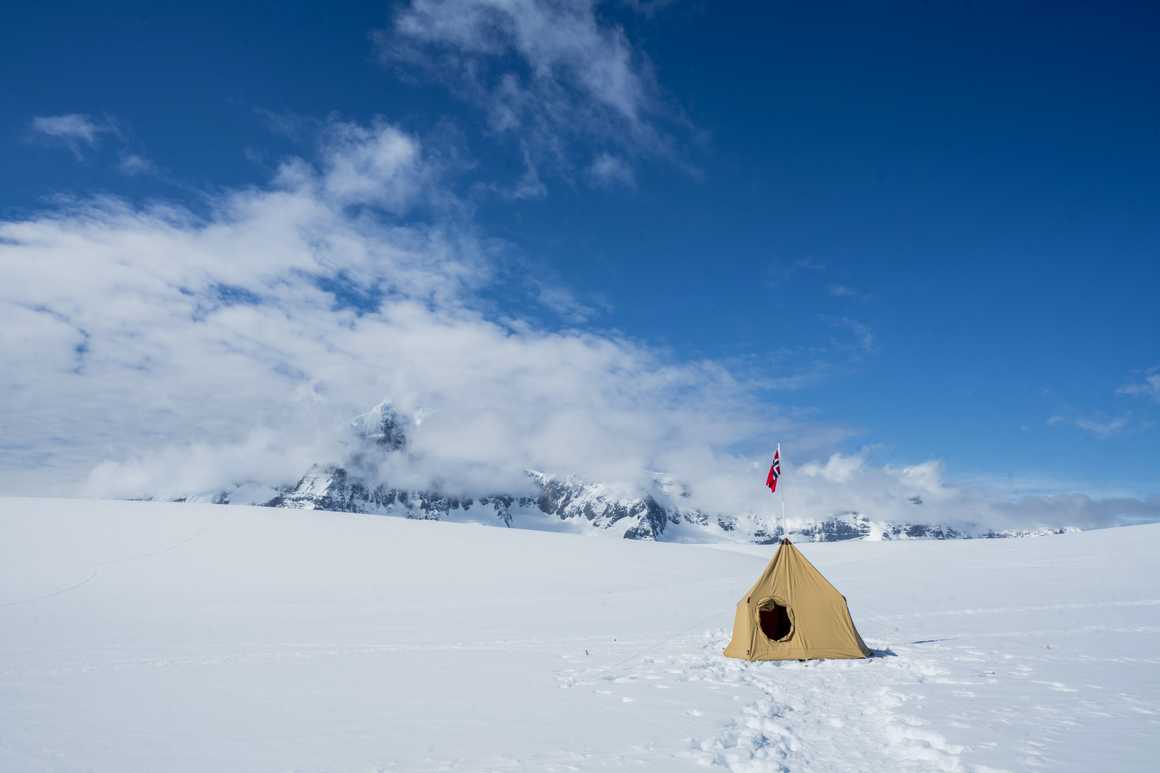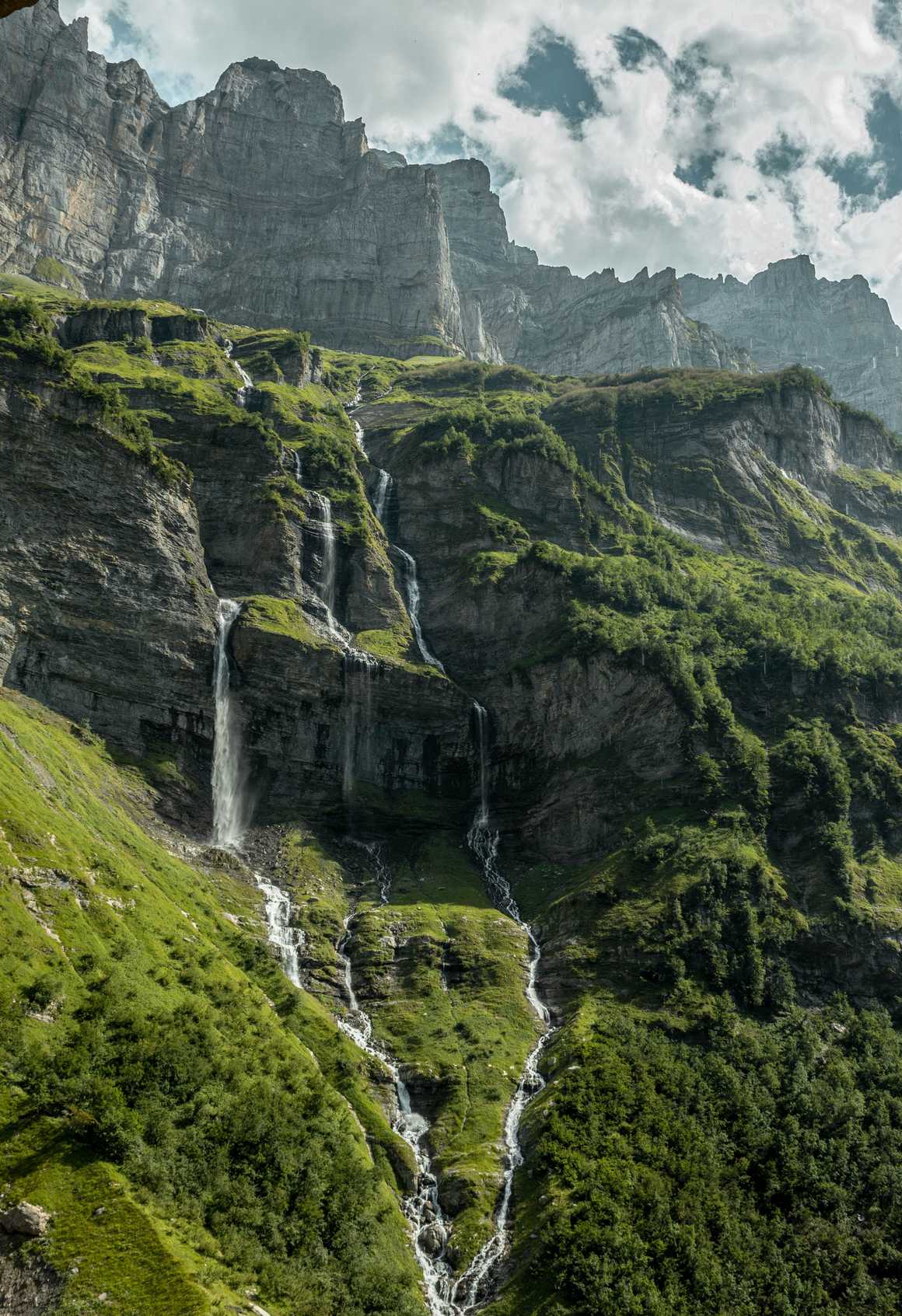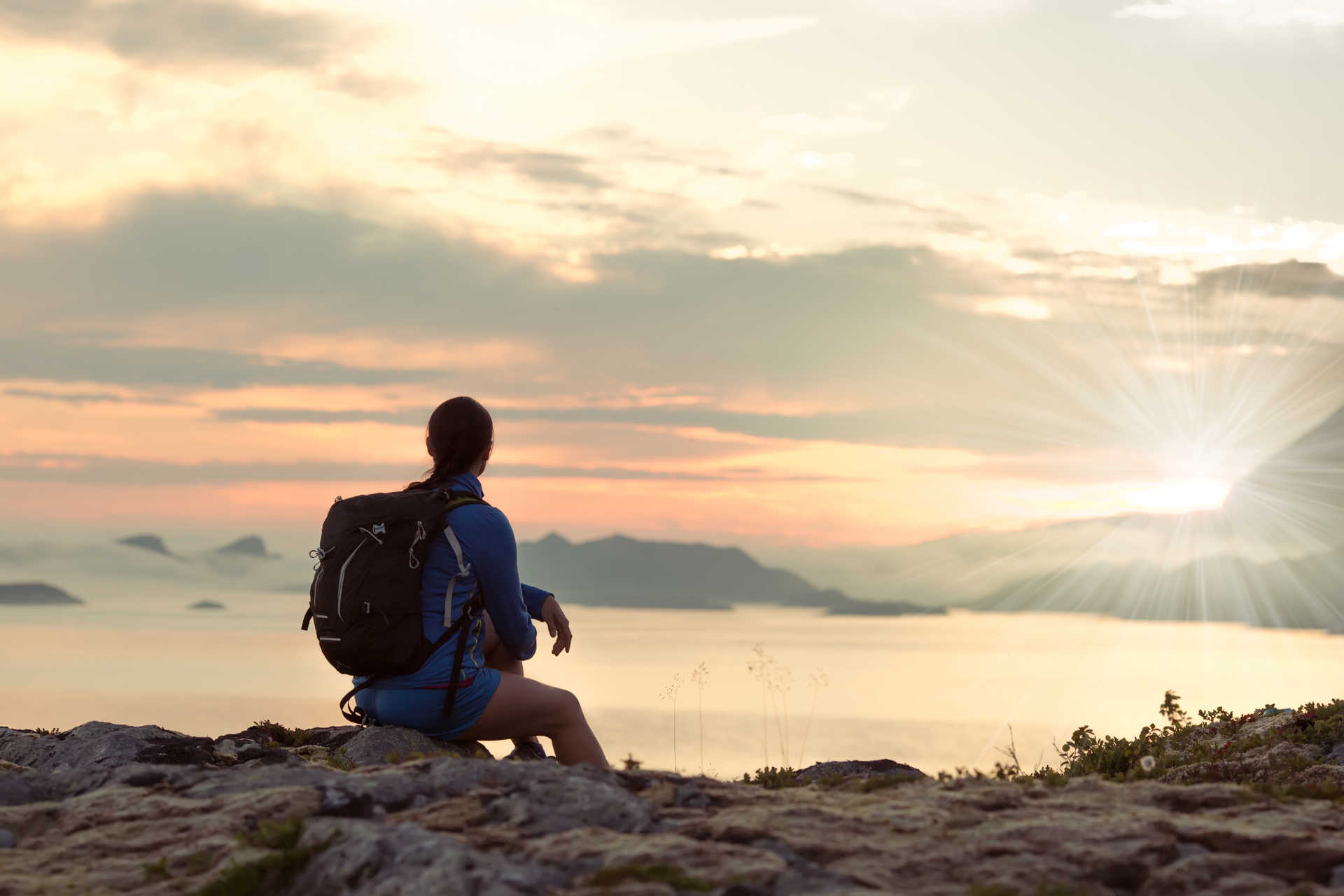Travel Bans and Disappointments
As of today, the UNWTO (World Tourism Organization) says that 100% of travel destinations were affected by the COVID-19 crisis. As restrictions are slowly being lifted in certain destinations, it’s obvious that it’s going to take the world of travel a long time to recover, and because of the nature of this crisis, the tourism industry is one of the hardest hit.
Ever the optimists, we want to look on the bright side of things: people can become even more mindful when we decide to pack up and explore the world. You have to admit that travel has become very easy over the past few decades - almost too easy.

It’s easy to lose track of the fact that travelling to remote parts of the world, exploring faraway places and being able to experience cultures very different from your own was reserved for the rich. Travel was slower - trains and ocean liners would take a long time and a lot of money, and a few in the emerging middle class could spare the funds and the leisure time to simply travel for fun.
Maybe we needed a crisis like this to remind us how lucky we are to be able to travel so easily. Most of us can’t wait to get back in the saddle, and the best way to keep our spirits up is to prepare for what’s coming and keep in shape.
Amundsen at Home
Amundsen was famous for something else he did at home - and that is planning. His expeditions were meticulously thought out, and this contributed to his success. When reading about his expedition and contrasting it to Scotts - it’s clear that Amundsen thought of everything.

Where Scott lost fuel due to evaporation and had to eat frozen food - Amundsen had the fuel cans soldered shut in order to prevent fuel loss. Where Scott used ponies for hauling most of his supplies, Amundsen used dogs. The ponies were very ill-fitted for the conditions and died, while the dogs thrived. Scott didn’t train his team to ski while Amundsen employed a team of expert skiers. Amundsen clearly and meticulously marked his path with cairns, cans and ski path markers, while Scott did this only sporadically. Amundsen kept his sledges permanently loaded, and Scott had to unload everything at every camp, and then load it back again.
When you go on an expedition, we plan everything for you - and we like to think of ourselves as the Amundsens of every journey. But while you’re at home, you should do as much research and preparation as possible - it’s going to make you more mindful of where you are once you arrive.
At Home Training Regimens: Mind and Body
It’s no secret to any hiker or mountaineer that walking the Inca Trail or trekking to the Everest base camp requires not only physical stamina but mental endurance as well. This type of physical strain is constant - you will be walking for hours and let’s face it - it can get pretty mentally stressful.
In order to make sure that your mental strength matches your physical strength, there are a few things you can practice at home.

Read a LOT
Create a reading list about the places you’re going to and about people that have been through the same types of treks and challenges. Read blogs and personal stories. Some of the books we recommend that include some of our favourite destinations such as Kilimanjaro, Mount Toubkal and The Alps are:
- The Shadow of Kilimanjaro - On Foot Across East Africa by Rick Ridgeway
- Kilimanjaro Diaries - by Eva Melusine Thieme
- Kilimanjaro and Beyond - A LIfe-Changing Journey - by Barry and Chris Finlay
- Last Days of the Incas - by Kim MacQuarrie
- The Heights of Macchu Picchu - by Pablo Neruda
- The Alps: A Human History from Hannibal to Heidi and Beyond - by Stephen O’Shea
- Seeds on Ice: Svalbard and the Global Seed Vault - by Cary Fowler
- A Splendid Isolation: Lessons on Happiness from the Kingdom of Bhutan - by Madeline Drexler
- House of Snow: An Anthology of the Greatest Writing About Nepal - Anthology
- While the Gods Were Sleeping - by Elizabeth Enslin
- A House in Fez: Building a Life in Morocco - Suzanna Clarke
Meditation
Be Thankful for This Time - Prepare
Staying Fit at Home
If your gym is still closed or if you don’t have the opportunity to do outdoor exercise, there are a lot of recommended moves to keep in mind when you’re keeping fit in your living room.
The recommended no-additional-gear-needed exercises that target your muscle groups when exercising at home are:
- Switch Lunges
- Mountain Climbers
- Burpees
- Calf Hops
- Surrenders
- Squat Walks
Yoga and Pilates are also recommended, as they strengthen your whole entire body. Anybody that’s gone on a long trek will tell you that you use muscles you didn’t even know you had.
Here is a wonderful bodyweight workout for hikers that is a great way to strengthen your body if you’re an experienced mountaineer or if you’re only just beginning, and waiting for the world to start turning again:
Credit for this great video goes to Chase Mountains
Hang in There
The mountains and remote travel destinations aren’t going anywhere - the problem is that we’re not going anywhere either. But don’t despair - use this time to your advantage, and remember it’s not forever. In the future, you may long for some downtime to prepare, create a bucket list, do some amazing research and stock up on gear. Stay fit, and make amazing plans!










